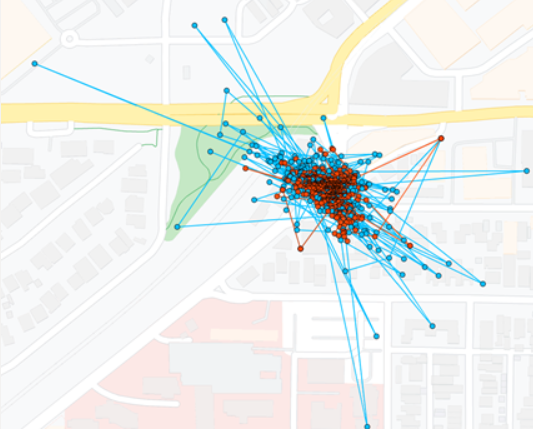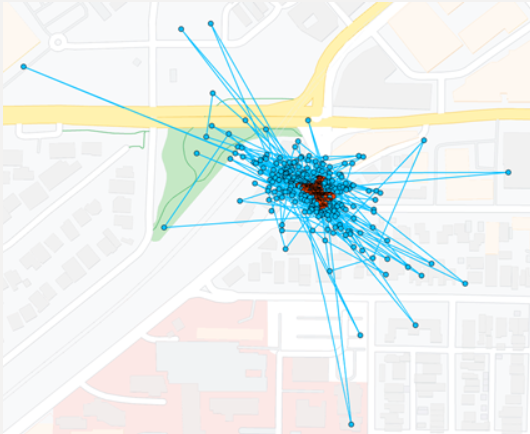Edge Device GNSS 'Combo Scan'
Table of Contents
In case you missed it
Make sure to update your device firmware to the latest version to take advantage of on-device GNSS scanning performance improvements. See Yabby Edge Improved GNSS Performance
1. Overview
The Yabby Edge & Oyster Edge makes use of the Semtech LR1110 Integrated Circuit to scan for GNSS satellites and Wi-Fi access points. Digital Matter has made improvements to its Location Engine service that use the new ability to combine multiple scans at a single location to improve performance and accuracy of the results.
2. Prerequisite
Edge device using the latest LR1110 firmware version 0x0307 or later (upgradeable over the air on cellular devices).
Yabby Edge Cellular firmware version 1.16 or later.
Oyster Edge Cellular firmware version 1.5 or later.
The device must be configured to use movement based trips as the accelerometer/trip tracking is used to determine if the device has moved or not.
This feature is under development for the Yabby Edge LoRaWAN version.
3. Performance Improvement
The Digital Matter Edge devices feature low power GNSS scanning, where the device takes a brief snapshot of the current satellites in view and sends that information to the server, for the server to then calculate the position. The calculation engine can combine the data from multiple scans at the same location to produce a more accurate and consistent location.
The device firmware uses the accelerometer to determine if the device has moved or not, and if it hasn’t moved then the Location Engine can perform the “combo-scan” using cached scan data from the previous scans. (this is the reason that the device needs to be configured to be in ‘trip tracking’ mode, which is the default mode).
3.1. Use Case
This performance improvement is especially useful in the case where an asset moves occasionally and is then stationary at a location for a period. Once the asset stops moving each subsequent ‘heartbeat’ that the device performs will improve the location accuracy.
3.2 Real World Results
Testing was performed in a ‘difficult’ location with the Yabby Edge inside a window in a building – it has a limited view of the sky resulting typically in a higher ‘dilution of precision’ and more variability in the results.
Blue: single scan results
Red: combo-scan results using 5 scans

Blue: single scan results
Red: combo-scan results using 32 scans